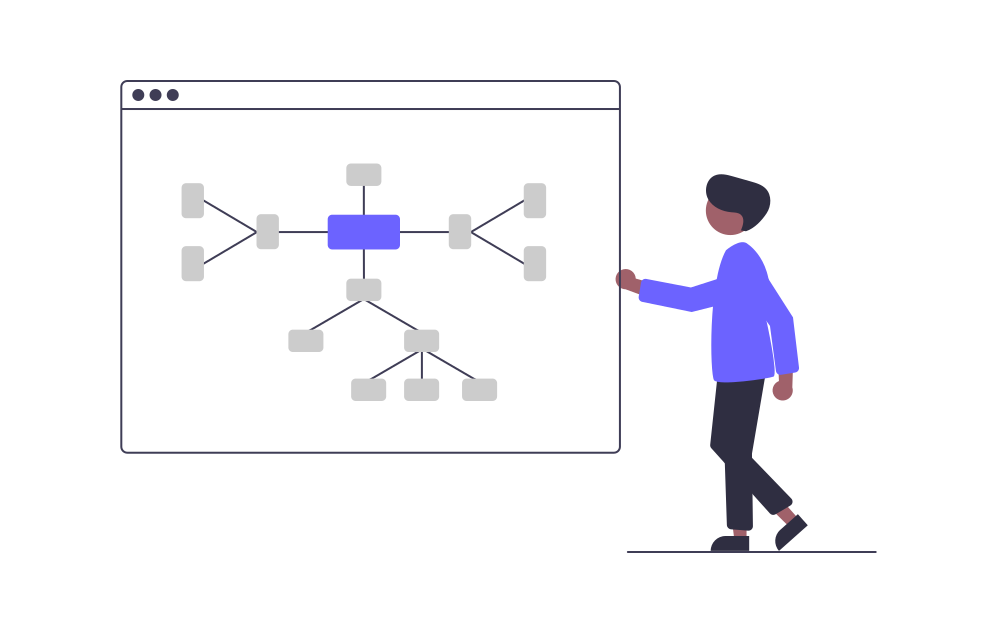Project planning is a fundamental and critical phase in the project management process. It involves the systematic process of defining the project, its objectives, scope, tasks, timelines, resources, and risks. The primary goal of project planning is to create a comprehensive roadmap or blueprint that guides the project from initiation to completion while ensuring that it is executed successfully, on time, and within budget.
Why is it so important?
Project planning skill is vitally important in project management because it serves as the blueprint for successful project execution. It provides clarity by defining the project’s objectives, scope, timelines, and resource requirements. This clarity helps align all stakeholders, preventing scope creep, and ensuring that everyone understands what needs to be achieved.

Effective project planning also aids in resource allocation, time management, and budget control. It allows for the identification and mitigation of potential risks and uncertainties, reducing the likelihood of project disruptions. Additionally, quality standards are defined during planning, ensuring that project deliverables meet the required quality criteria.
Communication plans are established to keep stakeholders informed, manage expectations, and foster transparency. Change control processes help manage alterations to project scope, schedule, or budget in a controlled manner. Engaging with stakeholders and understanding their needs ensures their support throughout the project.
Project planning streamlines processes, enhances efficiency, and fosters a culture of continuous improvement within an organization. Ultimately, it lays the groundwork for project success by providing structure, organization, and a clear roadmap for project teams to follow.
Key components of project planning:
Project Objectives: Clearly define the project’s purpose and desired outcomes. These objectives should be specific, measurable, achievable, relevant, and time-bound (S.M.A.R.T).
Scope Definition: Determine the boundaries of the project by specifying what is included (in-scope) and what is excluded (out-of-scope). This helps prevent scope creep.
Work Breakdown Structure (WBS): Create a hierarchical breakdown of project tasks and deliverables. The WBS organizes work into manageable components, making it easier to plan and assign responsibilities.
- Task Sequencing: Identify task dependencies and establish the order in which tasks must be completed. This forms the basis for creating a project schedule.
- Resource Allocation: Allocate the necessary resources (people, equipment, materials, and budget) to each task. Ensure that resources are available when needed to avoid bottlenecks.
- Project Schedule: Develop a timeline that outlines when each task or activity will be executed. This includes setting milestones and defining critical paths.
- Risk Assessment: Identify potential risks and uncertainties that may affect the project. Assess their probability and impact and develop risk mitigation strategies.
- Quality Standards: Define the quality standards and criteria that the project deliverables must meet. This ensures that quality is maintained throughout the project.
- Communication Plan: Develop a plan for communicating project information to stakeholders, team members, and other relevant parties. Determine what information needs to be communicated, when, and to whom.
- Budgeting: Create a budget that outlines the estimated costs associated with the project. This includes labor costs, materials, equipment, and any other project-related expenses.
- Procurement Plan: If the project involves purchasing goods or services, outline the procurement process, including vendor selection, contracts, and delivery schedules.
- Change Management: Establish procedures for managing changes to the project scope, schedule, or budget. Define a formal change control process.
- Stakeholder Engagement: Identify project stakeholders and determine their interests, concerns, and communication preferences. Develop strategies for engaging and managing stakeholders.
Project planning results in a detailed project plan that serves as a comprehensive guide for project execution. It provides a clear understanding of what needs to be done, how it will be done, who will do it, and when it will be completed. This plan is used throughout the project to monitor progress, manage risks, allocate resources, and ensure that the project stays on track to achieve its objectives. Effective project planning is essential for successful project management and the delivery of high-quality results.

















